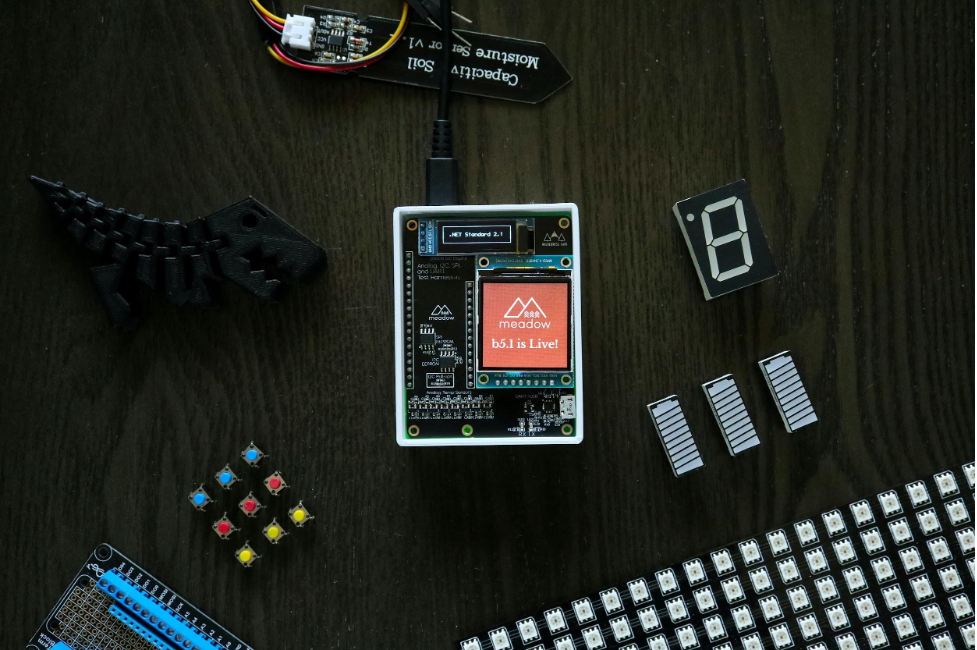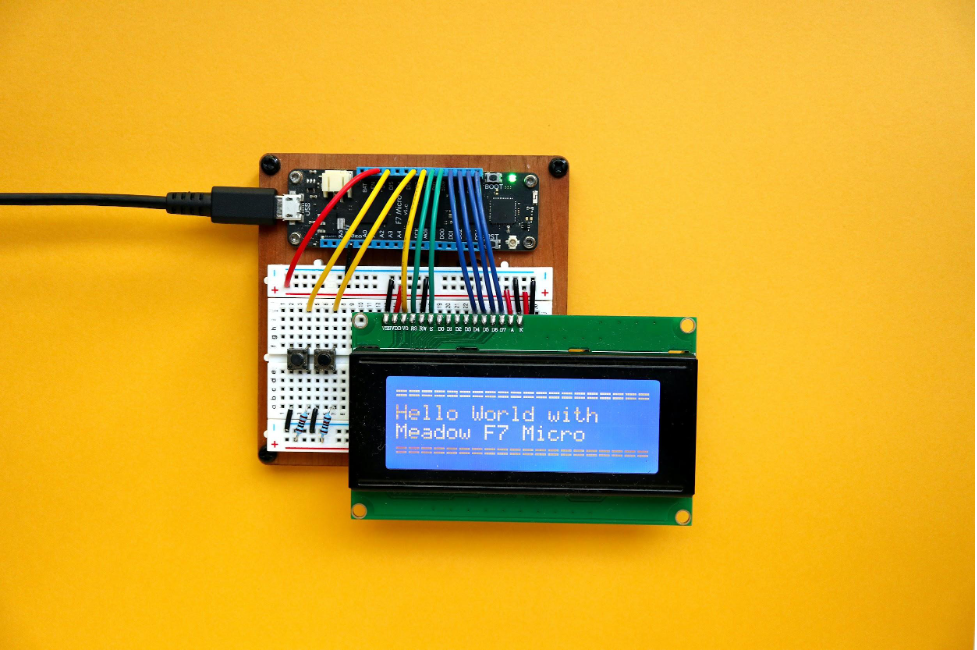A billion tech-related terminologies are flying around in the cyber world. It can be hard to catch up with them, especially when you’re not a tech expert or enthusiast. But that’s not particularly true. Some terms represent the programs we use daily; a good example is the umbrella term, IoT.

This article will discuss IoT and how it works.
What is IoT?
The word IoT is the acronym for “The Internet of Things.” IoT describes the interactive connections between hardware and software. You could say it’s a network of technologies that make the science of virtual data exchange between devices possible. These hardware or devices are embedded with sensors and processing capabilities. So a microwave that can read and process data is a piece of hardware enabled by The Internet of Things.
If the above seems vague still, think of this. You have two microwaves, microwaves 1 and 2. M1 has sensors and processors installed in it, and M2 has none, just a metal box that heats up every time you power it.
You’ll need to monitor and control M2 to keep it from burning your food. On the other hand, M1 is calculative and goes off when it needs to.
How is microwave 1 different from microwave 2?
Microwave 1 is alive and in control as it can process data input, sense heat conditions, and send calculated analysis to your phone. The technology that makes it possible for microwave 2 to execute inputs and communicate results is the fundamental basis of IoT.
Today, your devices can collect and exchange data and perform tasks with the available data. It’s how you can trust Alexa to turn off your lamp, mobile data connection, and mp3 player when you ask for it.

How Does IoT Work?
The core process of IoT is data exchange, but it takes more than that to function. The following components play a crucial role.
Smart Devices
Smart devices range from TVs to cars, phones, cameras, and more. Some of these gadgets have automated data collection capabilities, so they can collect data from the environment without relying on users’ input.
IoT Software
The IoT software comprises programs enabled by Artificial Intelligence and machine learning technology. The software serves as a processing unit for data collected by smart devices. It recognizes and analyzes patterns and then communicates informed decisions as commands to the devices.
As you might have guessed, the software is embedded in your devices and powered by the internet.
User Interface
The user interface is a graphical dashboard with tools, features, and functions for managerial purposes. In other words, it’s an interactive input system for the users. The most common examples of user interfaces are mobile applications and websites.
Do you want more information on how internet stuff works? Visit AiNET to get the best consultations and network services at incredible prices.
